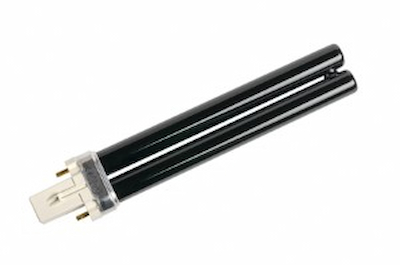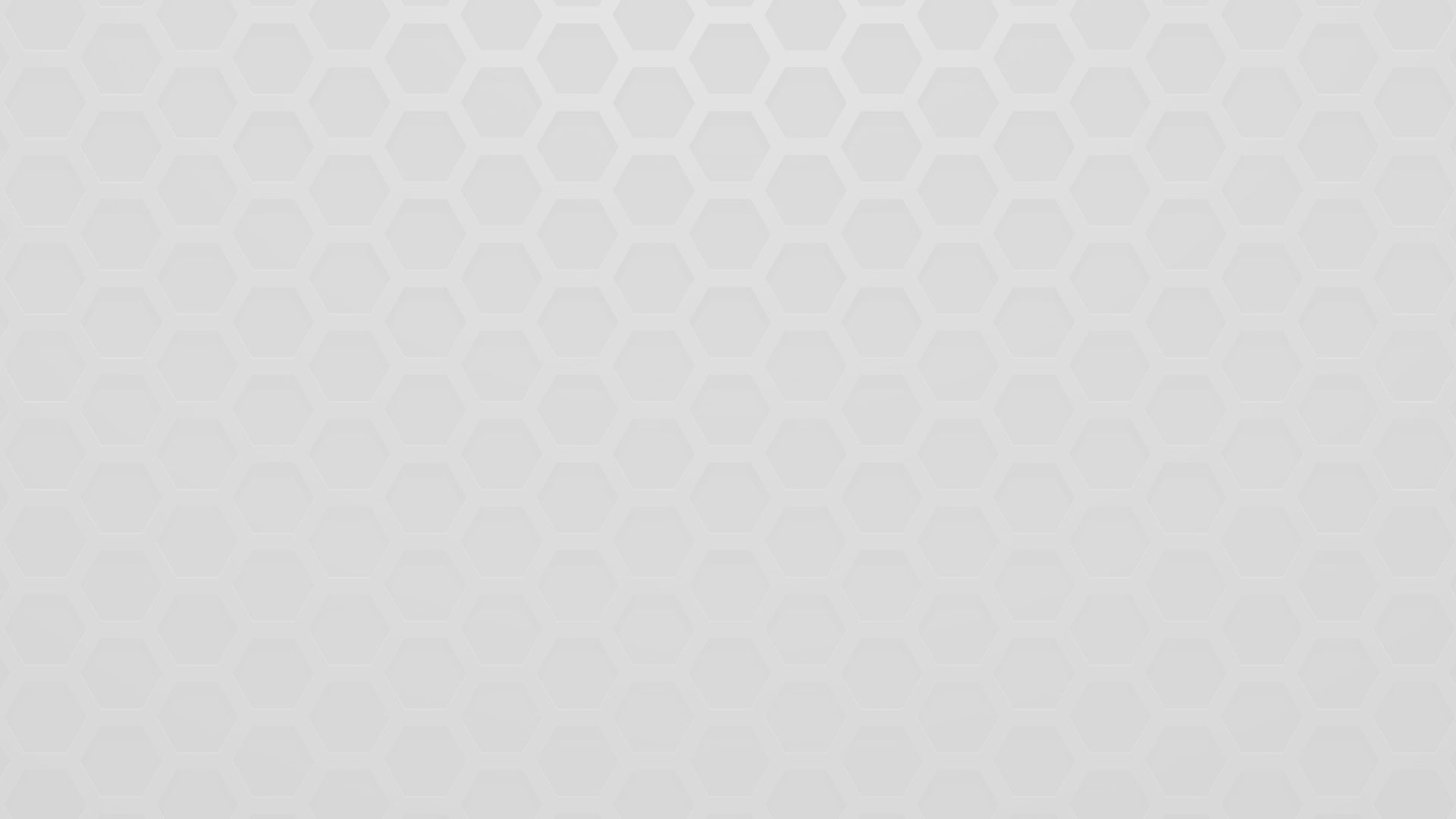Ultraviolet Light

Ultraviolet (UV) light is a naturally occurring form of electromagnetic radiation that is present in sunlight in three forms: UV-A, UV-B, & UV-C. UV rays have shorter wavelengths than visible light, ranging from 400nm to about 1nm. Ultraviolet light makes up about 10% of the total light produced by the sun but only about 1/3 of that light reaches the earth’s surface, according to the National Toxicology Program (NTP). The type of UV (UV-A, UV-B, or UV-C) is dependent upon the light’s wavelength. Sunburns and sun tans are attributable to mid-length UVB light (280-315 nanometers [nm]) but for air purification and surface disinfection, usually shorter-length, UV-C light (200-280nm) is used. Because of its disinfecting properties, UV-C light is referred to as the “germicidal” UV range.
History
While ultraviolet germicidal irradiation (UVGI) is not yet widely used in commercial and residential applications, the disinfectant properties of ultraviolet light have been known for over 140 years. Beginning with Downes and Blunt’s research in 1877, the two discovered that sunlight had antimicrobial effects, especially at shorter wavelengths. Research continued through the early 1900’s with a greater emphasis put on studying the disinfectant ability of different wavelengths of UV-light, which includes UV-A, UV-B, and UV-C wavelengths and the invention of the UV quartz lamp in 1904. Because of this research it was determined that UV-C light was the most biologically active radiation and could destroy the DNA in harmful microorganisms such as mold, bacteria, and viruses. In fact, all bacteria and viruses that have been tested to date have responded positively to UV disinfection. This remains true for two “relatives” of COVID-19, SARS-CoV-1 and MERS-CoV, as UV-C was proven to effectively inactivate both viruses.
How It Works
UV-C light used for disinfection works by disrupting the cellular membranes of microorganisms, damaging their DNA or RNA. The UV-C light causes a reaction between two thymine molecules that make up the base of DNA. This initial reaction causes other adjacent thymine molecules to also become defective, inhibiting the ability for the microorganism to replicate its DNA. If the microorganism is unable to replicate, then it is rendered harmless, which indicates successful UV disinfection.
Usage
Ultraviolet technology is a non-chemical approach to disinfection which utilizes germicidal lamps that are designed to produce a certain dosage of UV light. In this method of disinfection, inexpensive and requires very low maintenance. At Pure UV we provide ultraviolet light systems that eradicate 99.9% of bacteria, viruses, and mold. The process is food safe and chemical free. Our mobile room sterilizers may be placed in any room that needs air and surface disinfection. The UV lamps can disinfect a room in just minutes. Residential and commercial clients can also install a Pure UV ventilation system within their current HVAC system, eliminating bacteria, mold, and viruses that pass through the system itself. This process prevents those toxins frombuilding up on the coils of the HVAC system which will prolong the life of your system, potentially passing thousands of dollars’ worth of savings to you.
If You Are in Need of Professional Air Conditioning or Heating Services, Then Please Call 844-777-8228 or Complete Our Online Request Form.
